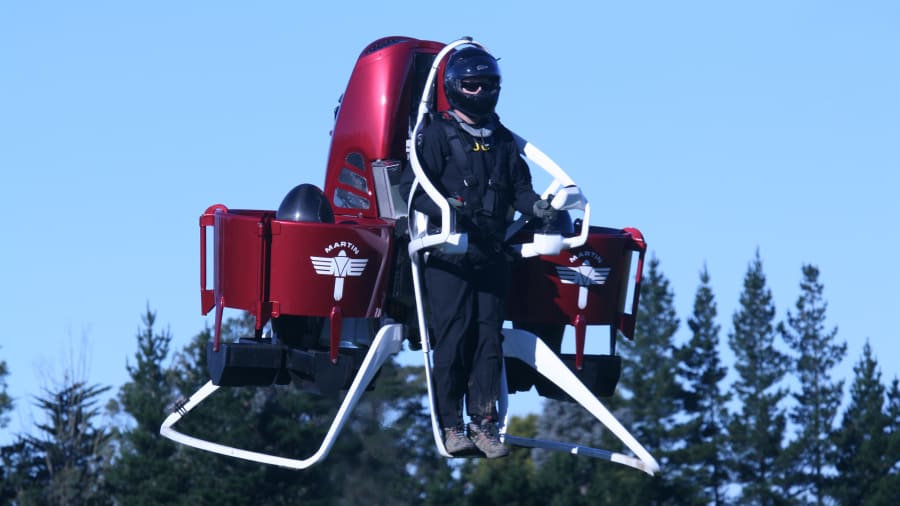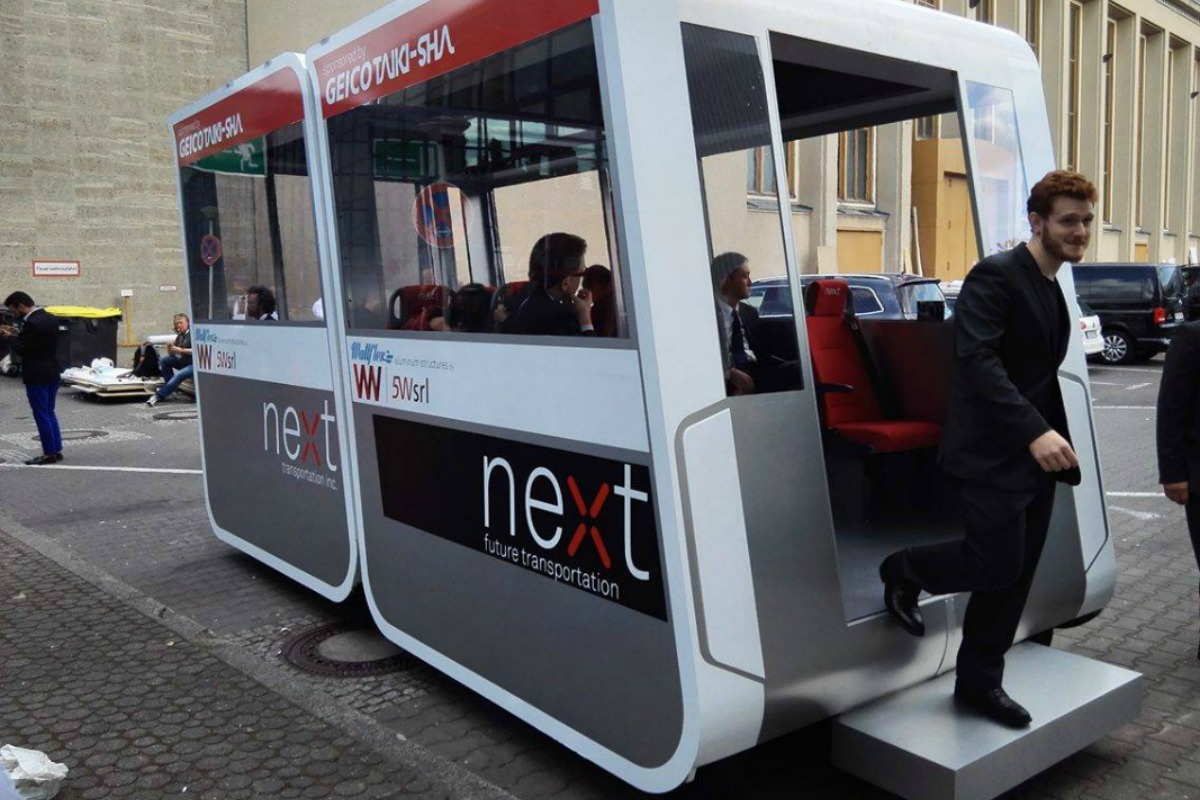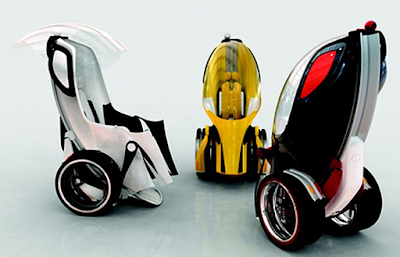FIDIC– stands for “Fédération Internationale des Ingénieurs Conseils”
FIDIC’s Headquarter is based in Geneva, Switzerland
THE PARTIES IN A FIDIC CONTRACT
· Contracting Authority/ Employer
· Contractor – Contract between Employer & Contractor under Red/ Yellow FIDIC
· Engineer – Contract between Employer & Engineer
· Engineer to administer FIDIC Contract on behalf of Employer
· Contracting Authority/ Employer
· Contractor – Contract between Employer & Contractor under Red/ Yellow FIDIC
· Engineer – Contract between Employer & Engineer
· Engineer to administer FIDIC Contract on behalf of Employer
FIDIC CONDITIONS OF CONTRACT -TYPES OF MANUALS
FIDIC “NEW RED BOOK”:
The Conditions of Contract for Construction:
“Which are recommended for building or engineering works designed by the Employer, or by his representative, the Engineer. Under the usual arrangements for this type of contract, the Contractor constructs the works in accordance with a design provided by the Employer. However, the works may include some elements of Contractor – designed, civil, mechanical, electrical and/or construction works”
The Conditions of Contract for Construction:
“Which are recommended for building or engineering works designed by the Employer, or by his representative, the Engineer. Under the usual arrangements for this type of contract, the Contractor constructs the works in accordance with a design provided by the Employer. However, the works may include some elements of Contractor – designed, civil, mechanical, electrical and/or construction works”
FIDIC “NEW YELLOW BOOK”
“Which are recommended for the provision of electrical and mechanical plant, and for the design and execution of building or engineering works. Under the usual arrangements for this type of contract, the Contractor designs and produces, in accordance with the Employer’s Requirements, plant and/or other works; which may include any combination of civil, mechanical, electrical and/or construction works”.
Conditions of Contract for Plant Design – Build
“Which are recommended for the provision of electrical and mechanical plant, and for the design and execution of building or engineering works. Under the usual arrangements for this type of contract, the Contractor designs and produces, in accordance with the Employer’s Requirements, plant and/or other works; which may include any combination of civil, mechanical, electrical and/or construction works”.
FIDIC “NEW SILVER BOOK”
“Which may be suitable for the provision on a turnkey basis of a process or power plant or factory or similar facility, or of an infrastructure project or other type of development, where (i) a higher degree of certainty of firm price and time is required, and (ii) the Contractor takes total responsibility for the design and execution of the project, with little involvement of the Employer. Under the usual arrangements for turnkey projects, the Contractor carries out all engineering, procurement, and construction epc: providing a fully equipped facility, ready for operation at the “turn of a key”.
Conditions of Contract for EPC (Engineering, Procurement, Construction)/ Turnkey Projects
“Which may be suitable for the provision on a turnkey basis of a process or power plant or factory or similar facility, or of an infrastructure project or other type of development, where (i) a higher degree of certainty of firm price and time is required, and (ii) the Contractor takes total responsibility for the design and execution of the project, with little involvement of the Employer. Under the usual arrangements for turnkey projects, the Contractor carries out all engineering, procurement, and construction epc: providing a fully equipped facility, ready for operation at the “turn of a key”.
FIDIC “NEW GREEN BOOK” – THE “MINI-RED BOOK”
“Which is recommended for building or engineering works of relatively small capital value. Depending on the type of work and circumstances, this form may also be suitable for contracts of greater value, particularly for relatively simple or repetitive work or work of short duration. Under the usual arrangements for this type of contract, the Contractor constructs the works in accordance with a design provided by the Employer or his representative (if any), but this form may also be suitable for a contract which includes, or wholly comprises, Contractor-designed civil, mechanical, electrical and/or construction works".
Short Form of Contract.
“Which is recommended for building or engineering works of relatively small capital value. Depending on the type of work and circumstances, this form may also be suitable for contracts of greater value, particularly for relatively simple or repetitive work or work of short duration. Under the usual arrangements for this type of contract, the Contractor constructs the works in accordance with a design provided by the Employer or his representative (if any), but this form may also be suitable for a contract which includes, or wholly comprises, Contractor-designed civil, mechanical, electrical and/or construction works".
FIDIC “PINK BOOK” -HARMONISED CONDITIONS OF CONTRACT FOR CONSTRUCTIONS
Issued after several Multilateral Development Banks (MDB) agreed on certain modifications for some Clauses, for better reflecting their financing principles. Used for construction and engineering works, designed by the Employer (as in the Red Book)
Issued after several Multilateral Development Banks (MDB) agreed on certain modifications for some Clauses, for better reflecting their financing principles. Used for construction and engineering works, designed by the Employer (as in the Red Book)
Allows the Bank to suspend payments to Borrower – Sub-Clauses 2.4, 14.7 and 16.1
Engineer’s Authority may be unilaterally changed by the Employer – Sub-Clause 3.1
Modifications concerning selection and activity of DAB
BASIC PRINCIPLES AND SELECTION OF FIDIC DOCUMENTS – NEW RED BOOK
Design primarily undertaken by Employer or his agent
Design primarily undertaken by Employer or his agent
Works are to be re-measured
Employer appoints Engineer to administer contract on his behalf
An engineer has the power to vary works, but not change a contract
DAB appointed within 28 days of commencement date and has powers to resolve any dispute and change “determinations” of Engineer
BASIC PRINCIPLES AND SELECTION OF FIDIC DOCUMENTS - NEW YELLOW BOOK
BASIC PRINCIPLES AND SELECTION OF FIDIC DOCUMENTS - NEW YELLOW BOOK
The Employer provides project requirements as defined under item “Employer’s Requirements” (ER)
The Employer provides project requirements as defined under item “Employer’s Requirements” (ER)
The “ER” is the basis for the contractor to design and build the project. Errors within the “ER” are the liability of the Employer.
The contract is for a fixed sum and not re-measured.
The contract is administered on behalf of the Employer by the Engineer,
Provision is made for variations by the Engineer.
The general conditions (clauses 1 to 20), except clauses 5 & 12, are principally the same as the red book.
SELECTION OF FIDIC DOCUMENTS – RISK MANAGEMENT
All contracts contain risks for both Contracting Authorities/ Employers and Contractors – There is no risk-free contract
All contracts contain risks for both Contracting Authorities/ Employers and Contractors – There is no risk-free contract
FIDIC attempts to rationalize and allocate responsibilities for main risks
A key requirement is for the Contract Parties to fully understand the FIDIC General and Particular Conditions of Contract that set out their Responsibilities and Risks within a Project
Every risk given to the other party has its cost, no Party assumes a risk for free.
MAIN DIFFERENCES FROM PREVIOUS FIDIC EDITIONS
The Engineer is no longer to act impartially but is acknowledged to be the representative of the Employer
The Contractor is entitled to require the Employer to provide proof of funds availabilityDisputes Adjudication Board (DAB)
The Engineer is no longer to act impartially but is acknowledged to be the representative of the Employer
The Contractor is entitled to require the Employer to provide proof of funds availabilityDisputes Adjudication Board (DAB)
























